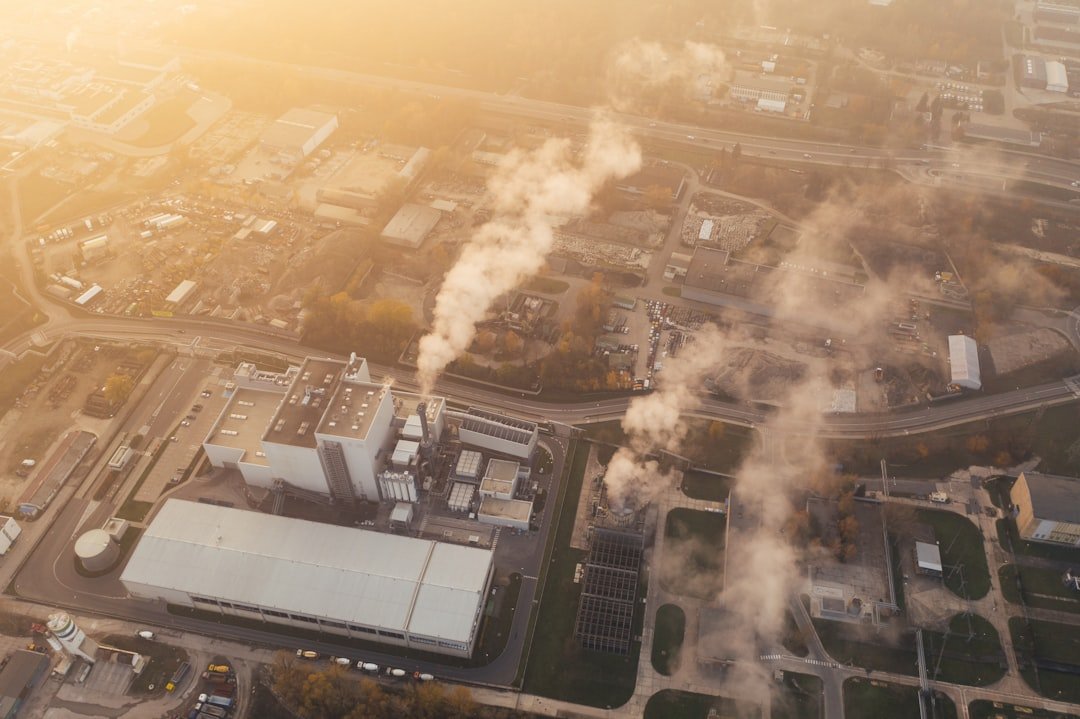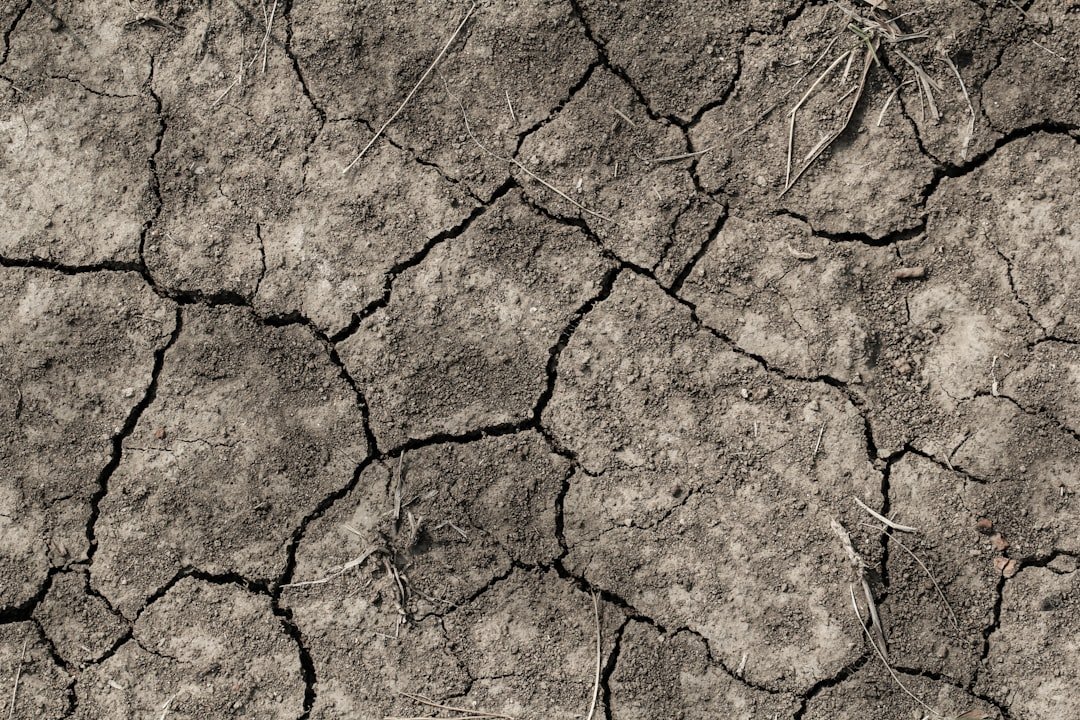Climate Change’s Complex Web Climate change has become one of the 21st century’s most urgent issues, impacting economies, communities, & ecosystems all over the world. It describes notable changes over long periods of time in temperature, precipitation patterns, and other atmospheric conditions. Throughout Earth’s history, climate change has been a natural occurrence, but human activity is primarily responsible for the current phase. Because the consequences of inaction threaten the very foundation of life on Earth, there has never been a more urgent need to address this issue. There is broad scientific agreement that rising greenhouse gas emissions are primarily to blame for the reality of human-induced climate change. The Industrial Revolution saw a sharp increase in these emissions, which raised global temperatures.
Key Takeaways
- Climate change refers to long-term changes in temperature, precipitation, and other atmospheric conditions on Earth.
- Greenhouse gases, such as carbon dioxide and methane, trap heat in the Earth’s atmosphere and contribute to global warming.
- Deforestation and changes in land use contribute to climate change by reducing the Earth’s capacity to absorb carbon dioxide.
- Industrialization and the burning of fossil fuels release large amounts of greenhouse gases into the atmosphere, exacerbating climate change.
- Agriculture and livestock production contribute to climate change through deforestation, methane emissions, and the use of fertilizers.
Sea levels, biodiversity, & weather patterns are all impacted by the wide-ranging effects of climate change. Understanding the root causes is crucial to creating practical plans to lessen the effects of these changes as communities struggle with them. The narrative surrounding climate change heavily relies on greenhouse gases (GHGs). A “greenhouse effect” is produced when certain gases, such as carbon dioxide (CO2), methane (CH4), & nitrous oxide (N2O), trap heat in the Earth’s atmosphere.
Maintaining a livable climate depends on this natural process, but human activity has greatly increased its impact. The atmosphere now contains GHGs at previously unheard-of levels due to industrial processes, deforestation, and the burning of fossil fuels for energy. Combustion of fossil fuels like coal, oil, and natural gas is the main source of carbon dioxide, the most common greenhouse gas. Conversely, methane is released from livestock and other agricultural activities, as well as during the extraction and transportation of coal, oil, and natural gas.
Synthetic fertilizers and some industrial processes emit nitrous oxide. Because of the combined impact of these emissions, the planet is warming and temperatures are rising at a startling rate. Another major cause of climate change is deforestation, which contributes to almost 10% of greenhouse gas emissions worldwide. As carbon sinks, forests take CO2 from the atmosphere and store it in their soil and biomass. The ability of forests to absorb future emissions is also reduced when trees are felled or burned, releasing the stored carbon back into the atmosphere.
| Factors | Impact |
|---|---|
| Greenhouse gas emissions | Traps heat in the atmosphere, leading to global warming |
| Deforestation | Reduces the number of trees that can absorb CO2, contributing to higher levels of greenhouse gases |
| Industrialization | Increases the release of pollutants and greenhouse gases into the atmosphere |
| Agricultural practices | Contribute to methane and nitrous oxide emissions, which are potent greenhouse gases |
The effects of climate change are exacerbated when local ecosystems are upset and biodiversity is lost due to forest loss. Climate change is also significantly influenced by changes in land use, such as the conversion of forests into urban or agricultural areas. Carbon storage & release are out of balance when natural landscapes are altered for human use. Increased emissions from fertilizers and livestock, as well as soil degradation, can result from agricultural practices.
Increased energy use & heat production are frequent outcomes of urbanization, which exacerbates the urban heat island effect. These elements work in concert to produce a feedback loop that quickens climate change. In human history, the industrial revolution signaled a sea change by bringing about a period of unheard-of economic expansion and technological breakthrough. But there was a substantial environmental cost to this advancement.
One of the main causes of greenhouse gas emissions since the late 18th century has been the dependence on fossil fuels for energy. Large volumes of CO2 have been released into the atmosphere by factories, power plants, and transportation networks that are fueled by coal, oil, and natural gas. Energy demand is still high as industrialization spreads throughout the world, especially in developing countries. Because of this demand, more fossil fuels are frequently extracted and consumed, which feeds the emissions cycle that causes climate change. The shift away from fossil fuels is gradual and difficult, despite the growing popularity of renewable energy sources like solar and wind.
As countries work to strike a balance between environmental stewardship & economic growth, the need for sustainable industrial practices has never been greater. Both contributing to and being a victim of climate change is agriculture. Although agricultural practices are a major source of greenhouse gas emissions, shifting weather patterns can also affect crop yields and jeopardize food security. Methane emissions from enteric fermentation, a digestive process in ruminants that results in methane as a byproduct, make livestock farming especially significant. Also, methane emissions from agricultural activities like rice farming are significant.
Another strong greenhouse gas, nitrous oxide, is released when synthetic fertilizers are used. Agriculture is predicted to have a greater environmental impact as the world’s population continues to increase & dietary preferences change toward foods that require more resources, such as meat and dairy. To address this dual challenge, sustainable farming methods that preserve productivity while lowering emissions are crucial.
Emissions and Energy Use. Because of the necessity of transportation, heating and cooling systems, and industrial operations, urban areas are generally known for their high energy consumption. Due to increased infrastructure development, cities’ growth considerably increases greenhouse gas emissions. impact of urbanization on the environment. Buildings and transportation systems require enormous amounts of energy and resources, which are frequently obtained from fossil fuels.
Also, local climate conditions are made worse by urban heat islands, which are regions that have higher temperatures than their rural surroundings. using sustainable urban planning to mitigate climate change. Addressing the environmental impact of cities as they expand is essential to reducing the effects of climate change. Urban emissions can be decreased and quality of life improved by putting green infrastructure solutions like parks, green roofs, & sustainable public transportation into practice. Through phenomena like melting ice caps & rising sea levels, the effects of climate change are becoming more apparent.
The polar ice sheets in Antarctica and Greenland are melting more quickly as a result of global warming. Marine ecosystems that rely on stable ice conditions are also harmed by this loss, which also raises sea levels. Coastal communities are at increased risk of erosion & flooding as sea levels rise. Certain regions are predicted to become uninhabitable within decades if current trends continue, making low-lying areas especially vulnerable. The effects could have disastrous effects on local economies, real estate markets, and infrastructure in addition to environmental issues.
To overcome these obstacles, extensive planning & funding for adaptable solutions that safeguard vulnerable communities are needed. Although modern climate change is mostly caused by human activity, the Earth’s climate system is also shaped by natural factors. By obstructing sunlight, volcanic eruptions have the ability to release massive amounts of ash and gases into the atmosphere, temporarily lowering global temperatures.
Climate patterns are also influenced by solar activity; over long periods of time, changes in solar radiation can cause temperature variations. However, compared to changes brought about by humans, these natural factors operate on far longer timescales. There has never been any natural variability in Earth’s history compared to the current rate of warming. It is crucial to comprehend these natural influences in order to differentiate between natural climate variability and anthropogenic effects.
This information can improve forecasts of future climate scenarios & help create more accurate climate models. In summary, climate change is a complex issue that necessitates immediate action from a number of sectors. Comprehensive strategies are necessary for reducing its effects, which include lowering greenhouse gas emissions, implementing sustainable land use practices, and modifying urban infrastructure.
Working together as governments, corporations, and individuals traverse this complicated terrain will be essential to building resilience against the upcoming changes that are unavoidable.



